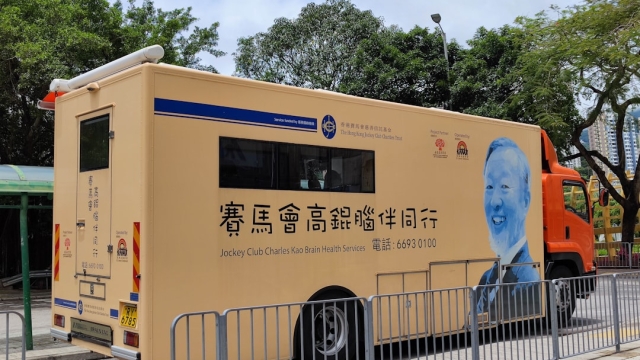Understanding Wheelchair Accessible Rides
Accessibility remains a crucial topic in ensuring that individuals with mobility challenges can enjoy the same experiences as everyone else. One area where this is particularly important is in transportation. For many, finding wheelchair-accessible rides is essential for independence and inclusion in society. With the right resources, individuals can navigate their environments with ease, but what does the landscape of accessible transportation look like today?
Understanding Wheelchair-Accessible Rides
Wheelchair-accessible rides refer to various transportation services designed to accommodate individuals who use wheelchairs. These services include public transit options, rideshare programs, and specialized transportation services. The primary goal is to ensure that everyone, regardless of their mobility limitations, has access to safe and reliable transportation.
Types of Wheelchair-Accessible Transportation
There are several types of wheelchair-accessible transportation options available, each catering to different needs:
- Public Transit: Many cities have adapted their bus and subway systems to include wheelchair-accessible vehicles. These vehicles often feature ramps or lifts, designated seating areas, and audible announcements.
- Rideshare Services: Companies like Uber and Lyft have introduced options that allow riders to request wheelchair-accessible vehicles. These rides provide the flexibility and convenience that many users require.
- Specialized Transport Services: Some organizations offer specialized transportation services tailored for individuals with disabilities. These services often include trained drivers and vehicles equipped with the necessary modifications.
The Importance of Accessibility in Transportation
Access to wheelchair-accessible rides is not just a matter of convenience; it is a fundamental right. Transportation barriers can lead to social isolation and limit opportunities for employment, education, and community involvement. By ensuring that accessible options are available, society can help foster greater inclusion.
Real-World Examples of Accessibility Efforts
Across the country, several initiatives have been launched to improve accessibility in transportation. For instance, New York City has made significant strides with its Access-A-Ride program, which provides door-to-door service for individuals with disabilities. Similarly, San Francisco has implemented multiple accessibility features in its public transit system, including low-floor buses and accessible train stations.
Organizations like the National Aging and Disability Transportation Center play a pivotal role in advocating for accessible transportation. They provide resources and information to help communities enhance their transportation systems, ensuring that they are inclusive for all individuals.
Challenges Facing Accessible Transportation
Despite the progress made, challenges remain in the pursuit of fully accessible transportation. Some of the most common issues include:
- Lack of Awareness: Many individuals are unaware of the available accessible options, which can prevent them from utilizing these services.
- Insufficient Funding: Many transit agencies struggle with budget constraints, limiting their ability to implement necessary modifications and expansions.
- Inconsistent Standards: Accessibility standards can vary widely between regions, leading to disparities in service quality.
Moving Towards a More Inclusive Future
To improve the state of wheelchair-accessible rides, continued advocacy and investment are essential. Stakeholders, including government entities, transport companies, and community organizations, must work collaboratively to address these challenges. Enhancing public awareness through education campaigns can also play a significant role in encouraging individuals to take advantage of available resources.
Ultimately, ensuring that everyone has access to wheelchair-accessible rides is a crucial step toward creating a more inclusive and equitable society. By fostering awareness, improving infrastructure, and advocating for rights, we can pave the way for a future where mobility challenges do not limit anyone’s ability to participate fully in their communities.




